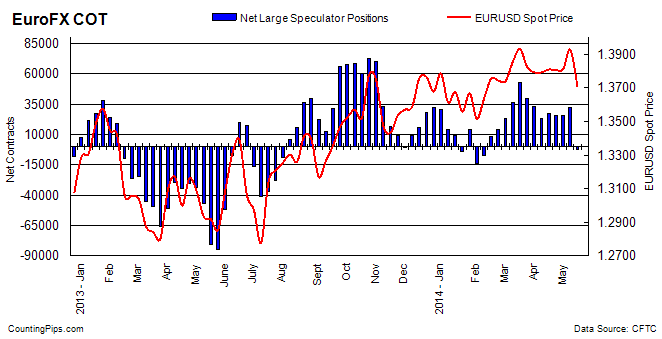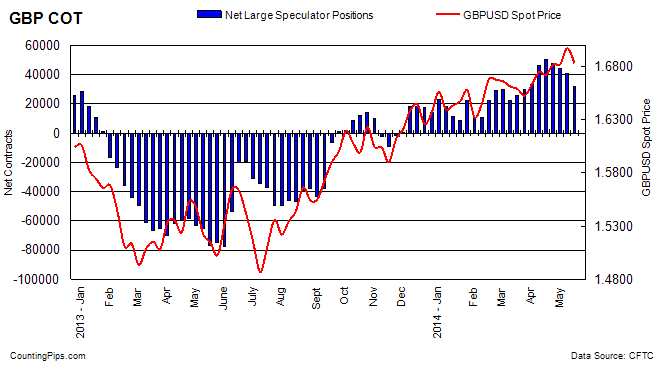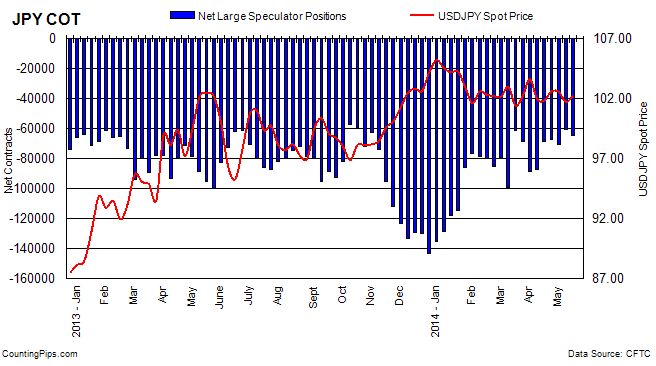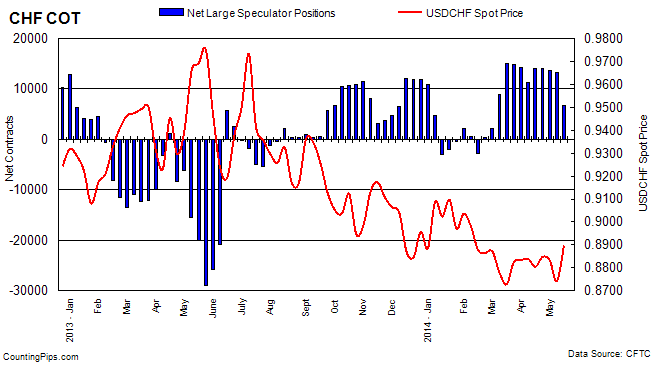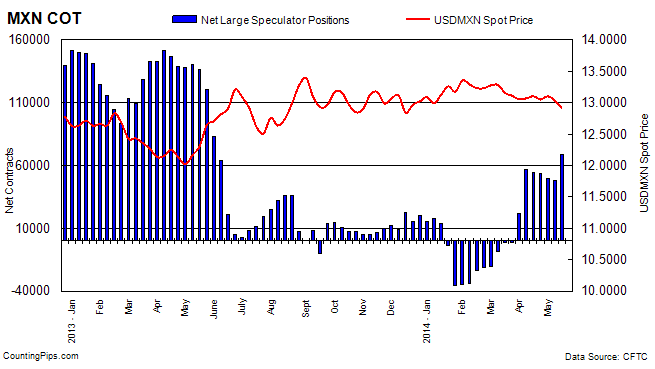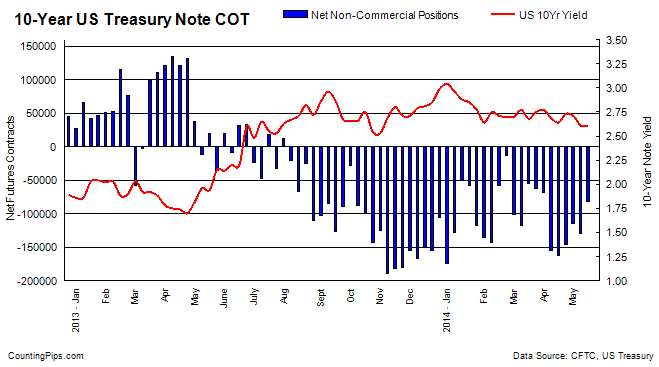Central bankers around the world have broken the taboo of printing money one after the other since the global financial crisis. Their aim was to pump the stock market higher to make investors feel richer. This concept was named ‘the wealth effect’.
Did it work? I’m far from sure. The economy in the US and Europe is still barely bumbling along.
But you’re not an economy. You’re you. So let’s explore how wealth affects you as an individual.
How are wealth and happiness related? There are studies showing every possible answer. Wealth makes you happy, or unhappy. Happiness makes you intrinsically wealthy and makes you stop caring about wealth. Some studies say the two are entirely unrelated.
So economists and psychologists are as clueless as they are confident in their conclusions. If you would like to be famous, the easiest way might be to become an academic and ‘discover’ the opposite of whatever the day’s conventional wisdom is on this topic. The latest studies, by the way, showed happiness and wealth are inextricably linked without limit. The richer you get, the happier you’ll be.
What confounds any attempt to study the links between wealth and happiness is that people perceive happiness differently. Some people don’t want to worry about things — they want to be content and not much more. Others want a more emotionally volatile life with all the ups and downs. These types of differences interfere with how economists calculate happiness and even wealth.
For example, there are plenty of people who view wealth as an end, not merely a means. Others become distressed at the responsibility of managing wealth. The difference in how these two groups of people perceive the link between wealth and happiness completely confuses any economist trying to study that link.
Making your personal wealth a matter of interest — like a hobby you take seriously — is perhaps the surest way to building a financially prosperous retirement. That’s not always easy to do. And it’s not for everyone. But if you do have that interest, foster it. Your spouse and friends might call you greedy. But their views are most likely driven by fear of having to deal with their own financial ‘obligations’. If you can turn those obligations into a challenge like a sailing race or a golf handicap, then you’ll get better and probably wealthier.
The fact that you’re reading this tells me you’ve probably decided to take an interest in your wealth and take charge. So I should also mention the dangers of linking your happiness to your wealth.
The first part is obvious. If your wealth takes a hit, it can damage your happiness. If this happens, your mental state could end up damaging your wealth even further. So you have to be honest with yourself and prepared. How would a bad result affect you?
Secondly, your relationships can suffer when managing your wealth becomes a large part of your life. Your spouse might not share your enthusiasm, or may disagree with your decisions. Decisions on spending and which lifestyle opportunities to make the most of can be very divisive. This is why lottery winners tend to struggle in their personal relationships. Suddenly being able to do and buy anything brings up differences in people’s priorities. Of course, friendships can also suffer due to differences in wealth.
How to Link Wealth and Happiness
The good thing about how clueless economists are about the effect of wealth on happiness (or the other way around) is that you can decide to control it. I think you should decide for yourself that your money will make you happy and being happy means making more money.
The first step is taking a measured interest, as I mentioned. Your wealth is your responsibility. It’s very easy to sabotage yourself in a way that lets you blame others. ‘It was the financial advisor’s fault,’probably won’t be good enough for your future self’s happiness.
By ‘measured’ I mean that your happiness cannot be dependent on the amount of wealth you have. I think your enjoyment of managing your own wealth should come from the feeling of independence, pride, and acceptance that any mistakes are your own. Of course, the successes will be too. And your chances of success are higher if you take an interest.
Of course, this isn’t for everyone. If you know that managing your wealth may affect your happiness badly, taking on a different role could be a better option. Closely overseeing a trusted financial advisor’s decisions might help you distance yourself enough without losing the benefits of taking charge.
Nick Hubble+
Contributing Editor, Money Morning
Ed Note: The above article is an edited extract from The Money for Life Letter, Nick Hubble’s retirement-focussed investment newsletter.


